RTIH interview: Beck Besecker, CEO and Co-founder, 3D Cloud, talks retail technology innovation and shifting sands
Alongside the recent launch of the second RTIH Retail Technology Innovations Report, we caught up with Beck Besecker, CEO and Co-founder, 3D Cloud, to find out more about his views on retail innovation, developments at his company, and why in future 3D shopping will be inevitable.
Room planning and product configuration used to be the domain of designers but as 3D tech evolves it’s shifting the power balance to consumers, and they are loving taking control, says Besecker.
“We are all the hero of our own story, and we all love our own ideas,” he comments.
“People love control, and they don’t want to feel sold to. If you can give them tools where they feel like they are in control, such as designers doing a room but letting the consumer pick a paint or floor, that will help them close the deal.”
The 3D visualisation market is being fuelled both by product innovation in the retail sector and a greater willingness of consumers to embrace such tools. And it’s enabling 3D Cloud to take a greater share of the market than ever.
Besecker says the market has also changed, with Covid playing a part in increased adoption of online tools more, as well as a whole new digital native generation moving into the homebuying phase and being more engaged with using such tech. In addition, financial pressures mean more people are investing in existing space rather than moving, which is also fuelling demand.
3D Cloud wants to take advantage of all such growth. “Our focus is in and around the home category,” says Besecker. “We started in furniture but over the last few years, we’ve grown several new categories. So now we have traditional furniture and office furniture, kitchen, bath, outdoor and storage.”
But the company isn’t stopping there.
“The plans in the coming months are to continue to expand with doors and windows, flooring and landscaping; the idea being that if you go to a DIY retailer site and go down the list of categories they service we are continuing to scroll down that list.”
As well as expanding the categories it serves 3D Cloud is also expanding the applications it provides across the categories - from photo rendering and augmented reality to product configurators (such as designing the finishes for an office chair) and modular configurators (such as for modular sofas).
Ultimately Besecker states that what the company is trying to do with such solutions is to provide tools that support the initial phases of the buying journey and lead to what he describes as the “jewel in our crown” - the company’s room planning tool.
The room planner allows users to create room designs in seconds, replacing a convoluted process that would take weeks of updates between client and supplier previously.
The functionality of the room planner is also continually evolving with new features to enhance the user experience, he says.
These include the ability to create high-definition images, like lifestyle shots. Having added design automation users can now build their floor plan and then click a photo and the tool will automatically design the space based on the design aesthetic of that room photo.
The adoption of room scanning, meanwhile, allows users to scan their room, create a floor plan, browse photos and automatically build a space.
“Our mission as a company is to make it faster and easier for consumers to personalise and configure whatever it is they want to do - whether it’s individual products, a group of products or an entire room.”
And it’s this improved capability that is shifting the power balance for users and what they can be in control of, he says.
“If you look at these big ticket purchases such as kitchens and bathrooms they have all historically been the domain of professional designers. Our tools are aimed at supporting these professionals as well but we’re the guys putting it on a browser and moving it into the cloud, creating more visual, inspirational experiences, automating it and making it more fun.”
Traditionally the company has supplied big enterprise clients such as Lowe’s, La-Z-Boy, B&Q, and John Lewis, but Besecker says the next step is to release such tools directly to professional designers.
For individuals planning projects, however, the tools are invaluable to decision-making. “More and more consumers expect to be able to spend more time ideating, shopping and researching products online long before they ever come to the store or put something in a basket.”
Besecker explains that, as customers advance their own buying journey with each tool, dwell time and therefore engagement and propensity to buy increases.
For those using AR on a site, for example, he says the company’s stats show that a consumer will use it 5-7% of the time, spending about 90 seconds engaging and being three times more likely to put the item in question in their cart.
Those numbers increase when users engage with product configurators. Then engagement rises to 17 minutes spent on the design, an average of seven different configurations and an add-to-cart rate of 30%. “It’s a deeply engaging experience.”
When it gets to the room planning tool Besecker notes that consumers will spend an average of 30 minutes planning a room and save six different iterations of the design. The average order value, meanwhile, increases by 40%.
“It’s all about inviting shoppers to start the buying journey on their own terms through a series of experiences that ultimately lead to room planning.”
“The ability to work through their questions and ideas before they get to the planning phase is priceless and it leads to a whole room purchase rather than the purchase of a single product.”
But the company has also realised the important role of more subtle tools, such as style visualiser quizzes or budget estimators. These can prove genuinely useful to the consumer but also start them on the sales journey without them even realising it.
“It just feels like extra help in something that can be quite overwhelming, so if you take them through the journey in this way, it makes sense to them. It doesn’t feel like you’re pushing them towards a bigger purchase, it just feels like something sensible to do.”
Asked about innovations in the wider market, Besecker, unsurprisingly, cites the power of AI, although he warns that it’s limited to the dataset you can bring to bear and the need to teach it effectively for it to do its job properly.
However, he believes the potential is huge. At 3D Cloud, he says the company’s automated design capability will continue to improve, with the design processes becoming faster as its system learns from the database of thousands of projects that the company holds.
Ultimately, however, he believes that 3D technology will change how consumers view and shop products forever. He shows off a live model of an office chair on the website Herman Miller.
“It’s not a picture. It’s a live model. Within the next five years, product photos will be completely replaced by 3D assets. Even 2D imagery will be rendered from 3D models.”
“Whether it’s shampoo bottles, dog toys, purses or shoes, every visual asset will start with 3D. Shopping in 3D is inevitable.”




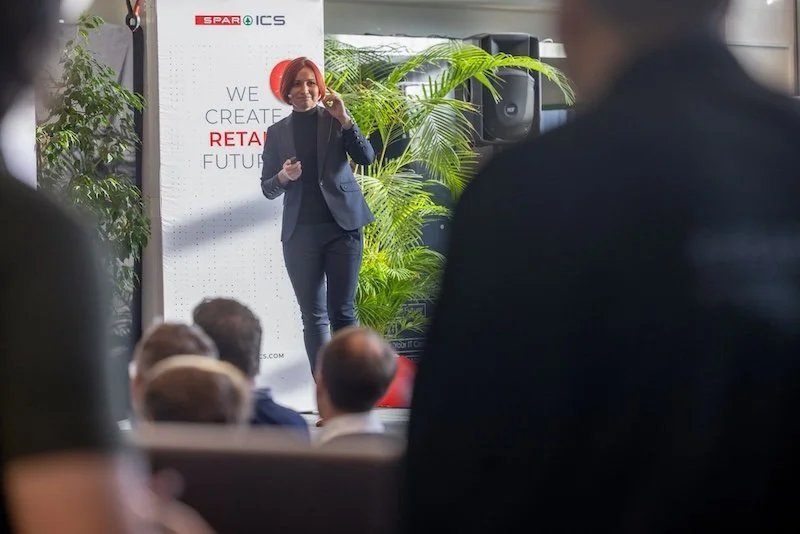



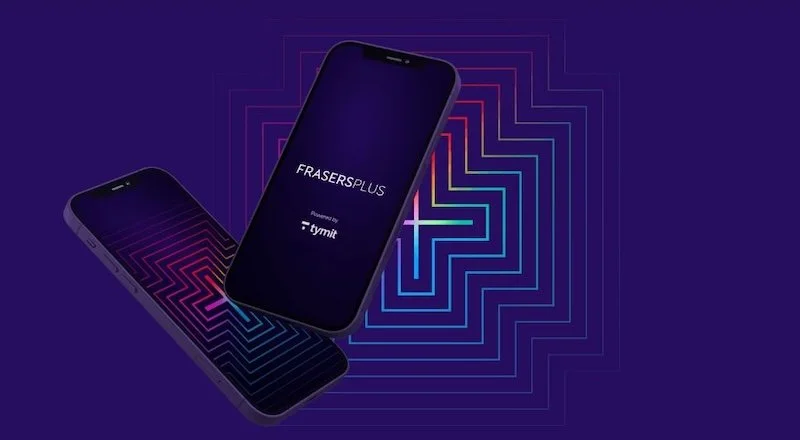
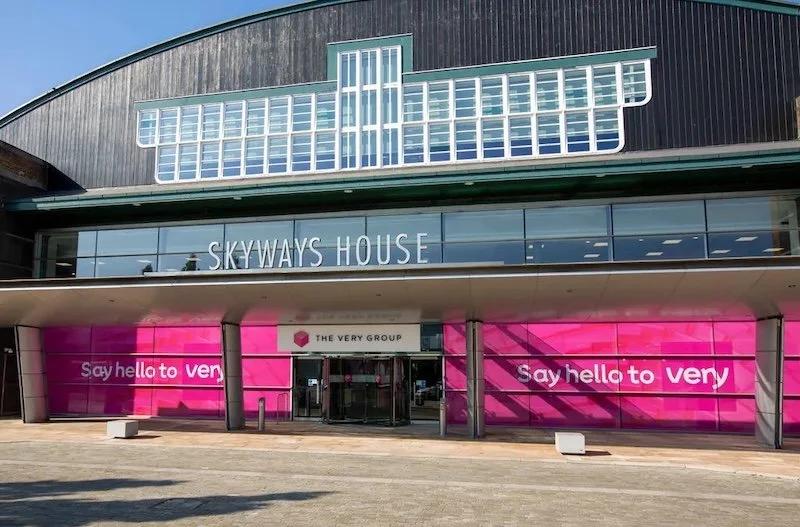



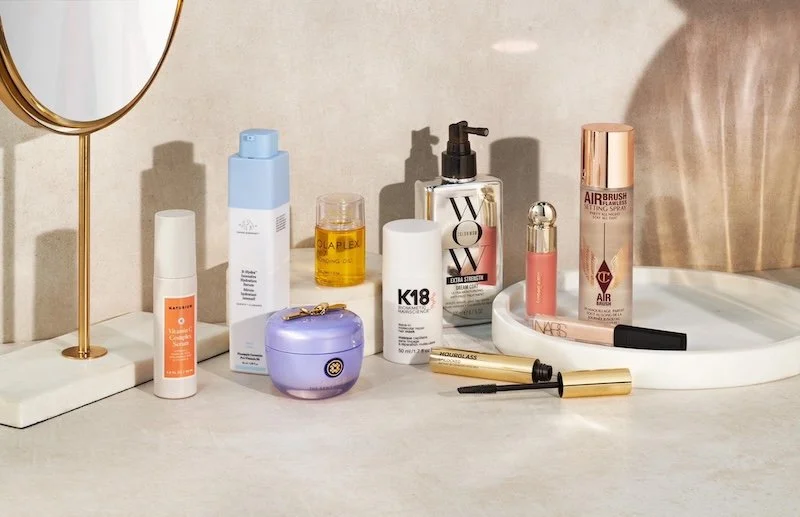
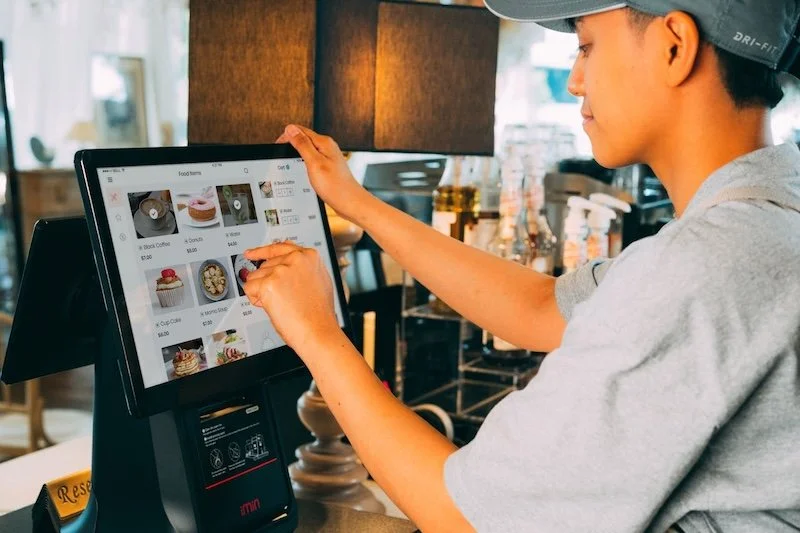
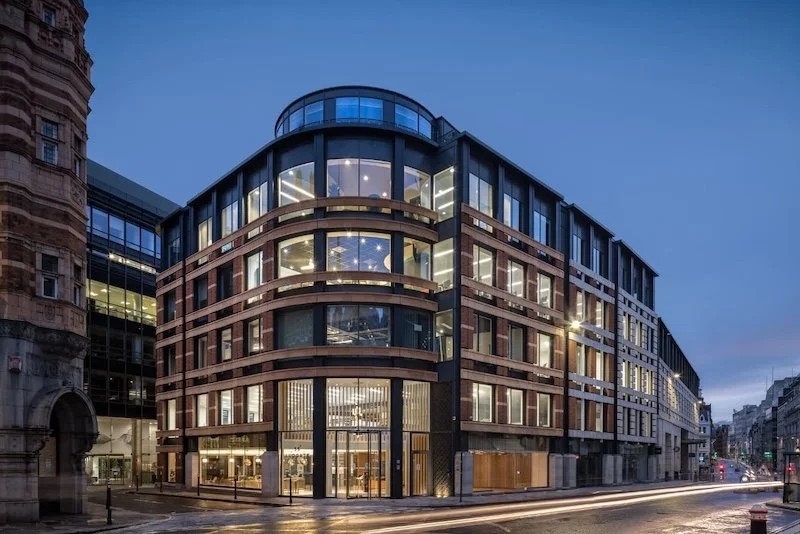





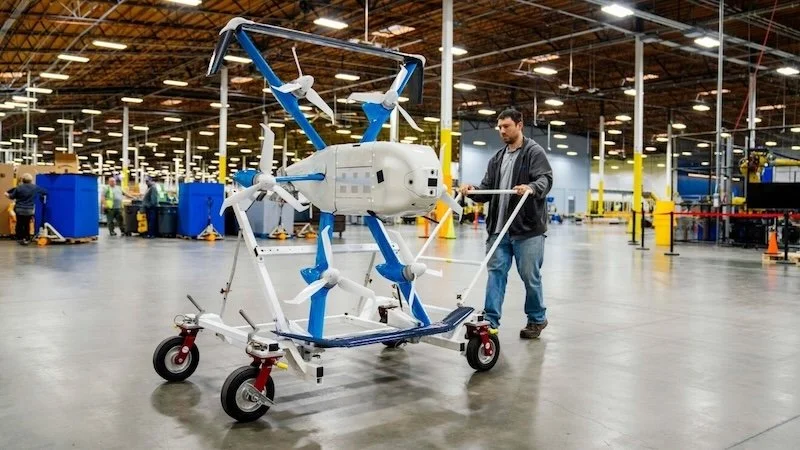










Continue reading…